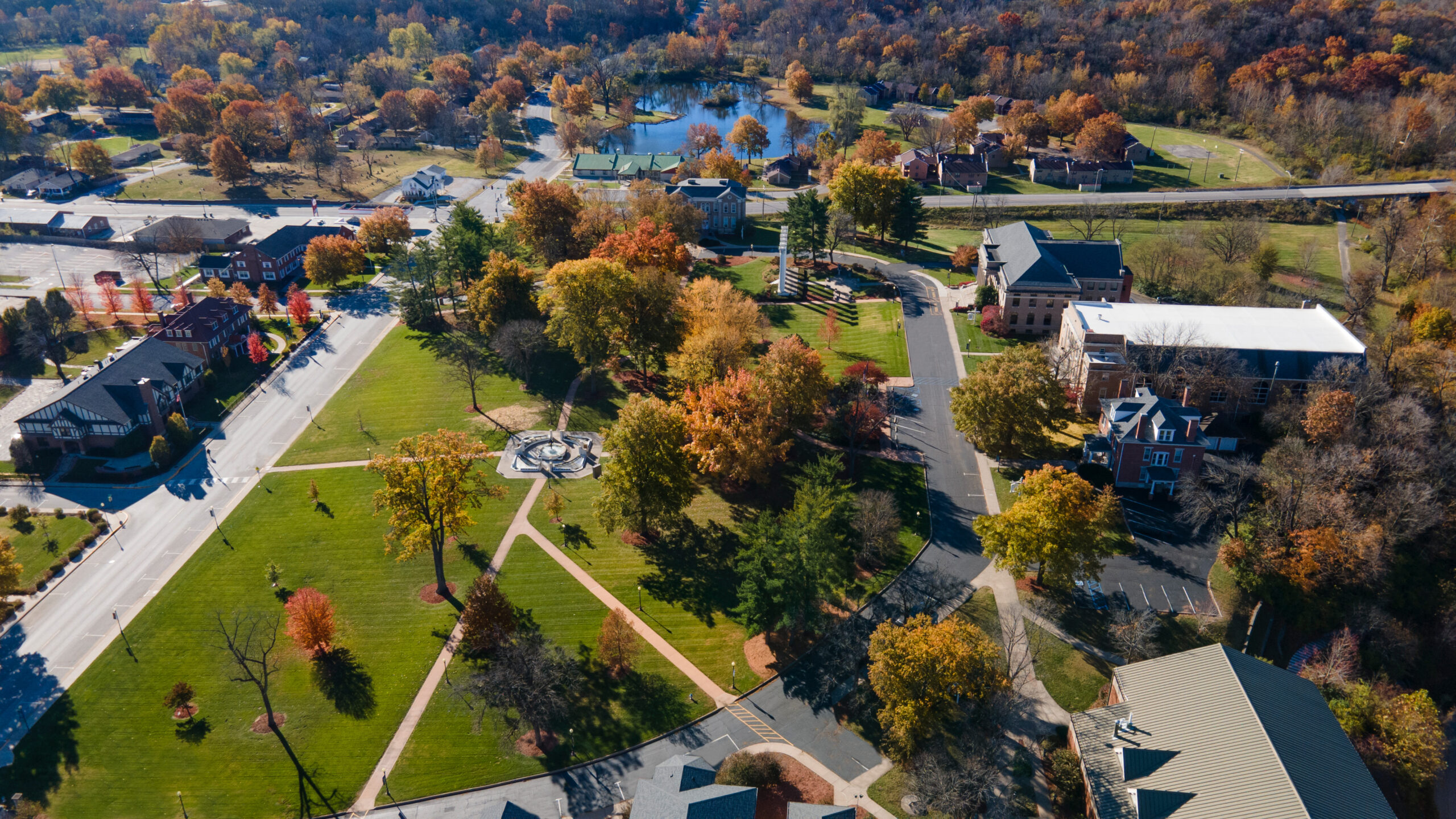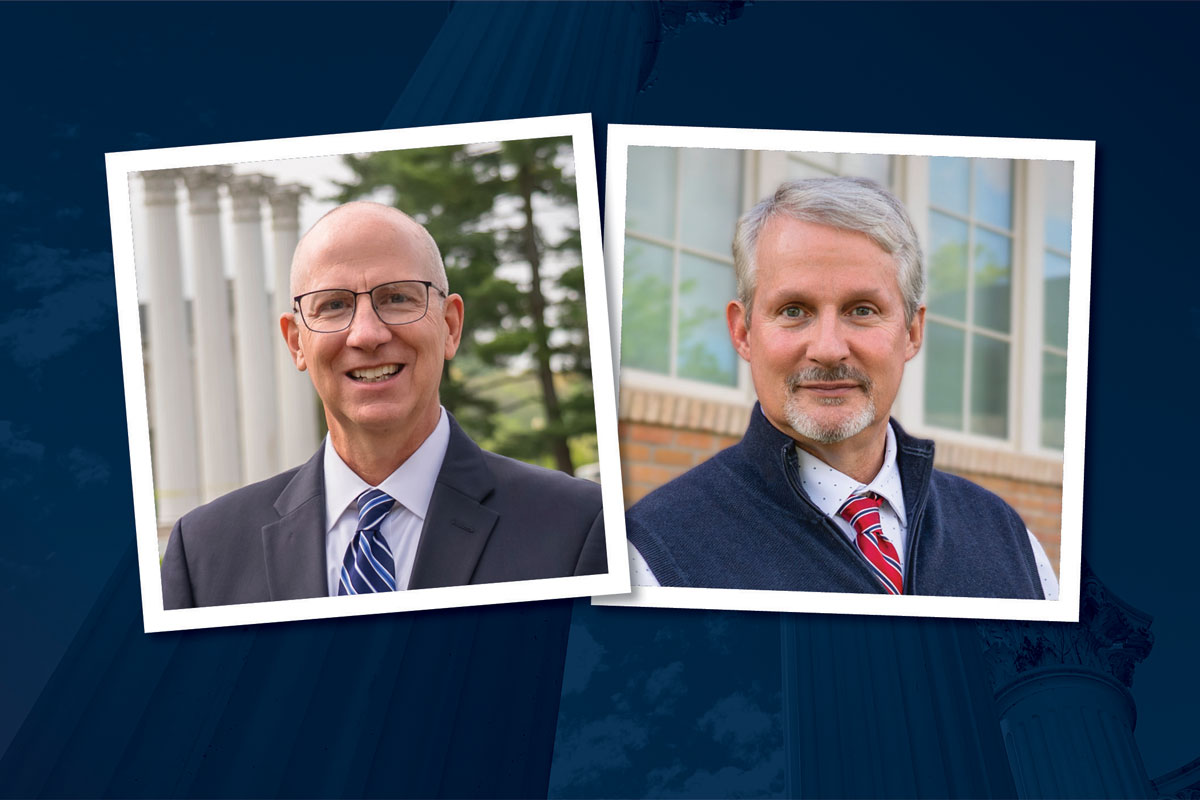Spring rains flooded the quarry area, preventing workers from approaching the slick, muddy terrain to uncover bones previously discovered there. A tibia, three rib bones, and other remains littered the site at the Grand River National Grassland near Shade Hill, South Dakota, leading investigators to question whether the bones were those of the known victim, or if others ― who suffered the same fate ― would be discovered. The team began to conclude they were witnessing a murder scene.
When the rains finally ceased nearly a week into the month-long investigation, the team resolutely arrived at dawn for another grisly discovery: bite marks on the victim’s bones.
A Grisly Crime Scene or Graveyard Vandalism?
The scenario above is real, but it is not from a CSI crime series spinoff. It is a description of the day-to-day investigative work undertaken by faculty members and undergraduate researchers associated with the Department of Biology and Environmental Science at Westminster College in Fulton, Missouri.
In June 2023, approximately 20 students, faculty and staff members, alumni, and friends from the small, private college successfully completed a fourth dig to unearth the remains of a 66 million-year-old Triceratops they triumphantly discovered in 2019.
The incredible story made national headlines, making Shady the Dinosaur a star and the unofficial mascot of Westminster’s Biology and Environmental Science Department.
Each summer since then, the devoted band of Shady researchers grows larger and more enthusiastic while retaining the adventurous spirit of Indiana Jones, the thorough inquisitiveness of seasoned crime scene investigators, and the collaborative enthusiasm of modern-day NASA scientists.
What Teeth Marks Potentially Reveal
This year, the Westminster researchers made significant progress in learning about the circumstances of Shady’s death … or at least the Triceratops’ fate immediately following its demise, prior to being buried deep in the earth of South Dakota for millions of years. Punctures and grooves that resemble bite marks indicate carnivores may have feasted on Shady’s carcass. Teeth belonging to theropods such as the Tyrannosaurus rex, smaller raptors, and crocodiles were found throughout the dig site.
And Shady’s bones were pulled apart.
“We’re pretty certain that Shady was probably dismembered by scavengers,” explains Dr. David Schmidt, who runs the annual Shady dig each summer. The Associate Professor of Biology and Environmental Science matter-of-factly describes a situation that at first sounds like a gruesome murder. But he adds that Shady’s cause of death has yet to be determined.
“We think Shady died on the floodplain,” Schmidt says, correcting the first assumption but admitting that the Westminster researchers are not yet certain of what happened to the dinosaur.
They suspect that Shady may have died of disease. Abnormalities and deformities on the Triceratops’ bones suggest that possibility. They also have concluded that Shady made it to adulthood, because its bones were fused, and that the dinosaur might be male.
“That hasn’t been resolved yet with certainty, but based on size, what we typically see with vertebrates is that the male is larger, and Shady is quite large for a Triceratops,” Schmidt says of the 25-foot-long, 10-foot-tall Triceratops.

Cross-Departmental Collaboration to Solve a Shady Mystery
It has been just a week since Schmidt returned from spending about eight hours each day at the dig site that has welcomed the Westminster team for years based on a longstanding professional relationship with the National Forest Service.
 Schmidt is in the middle of preparing his findings for the fall semester’s environmental science coursework. Students in his classes and those in the College’s new Museum Studies major will categorize, clean, and display fossils brought back to campus. Those include one of Shady’s tibia, the dinosaur’s various pelvic bones and a few ribs, and one of Shady’s toe claws; various theropod teeth; and amber discovered inside of a fossilized log nearby.
Schmidt is in the middle of preparing his findings for the fall semester’s environmental science coursework. Students in his classes and those in the College’s new Museum Studies major will categorize, clean, and display fossils brought back to campus. Those include one of Shady’s tibia, the dinosaur’s various pelvic bones and a few ribs, and one of Shady’s toe claws; various theropod teeth; and amber discovered inside of a fossilized log nearby.
Quantitative analysis of three-dimensional bone scans will take place with the help of Dr. Jacob Pichelmeyer, Assistant Professor in the Department of Mathematics and Physics, to more definitively determine what made the bite marks on Shady’s bones.
Finally, faculty members in other departments are eagerly offering to collaborate in additional ways, and Schmidt says he is pleased to see Shady’s network grow. The mysteries of Shady’s life and death are what keep the Westminster team coming back to the dig site, and eagerly back into the classroom, year after year.
“Just the nature of the preservation of Shady and all of the things that we’re finding is just gold,” Schmidt muses. “It’s just so exciting for all of us to see and hold a specimen that’s been lying there for 66 million years. I simply can’t describe it.”
Read more about this year’s dinosaur dig through the eyes of a new Westminster student.
For more information on Westminster’s Environmental Science major, please contact Dr. Dawn Holliday, Chairperson of the Department of Biology and Environmental Science, at Dawn.Holliday@WCMO.edu.
Sarah Rummel Backer is the Director of Media Relations and Senior Writer at Westminster College in Fulton, Missouri. A proud Westminster graduate, Sarah has more than 20 years of experience in marketing and strategic communications in the areas of higher education, medicine, agriculture, and the private business sector.







You must be logged in to post a comment.